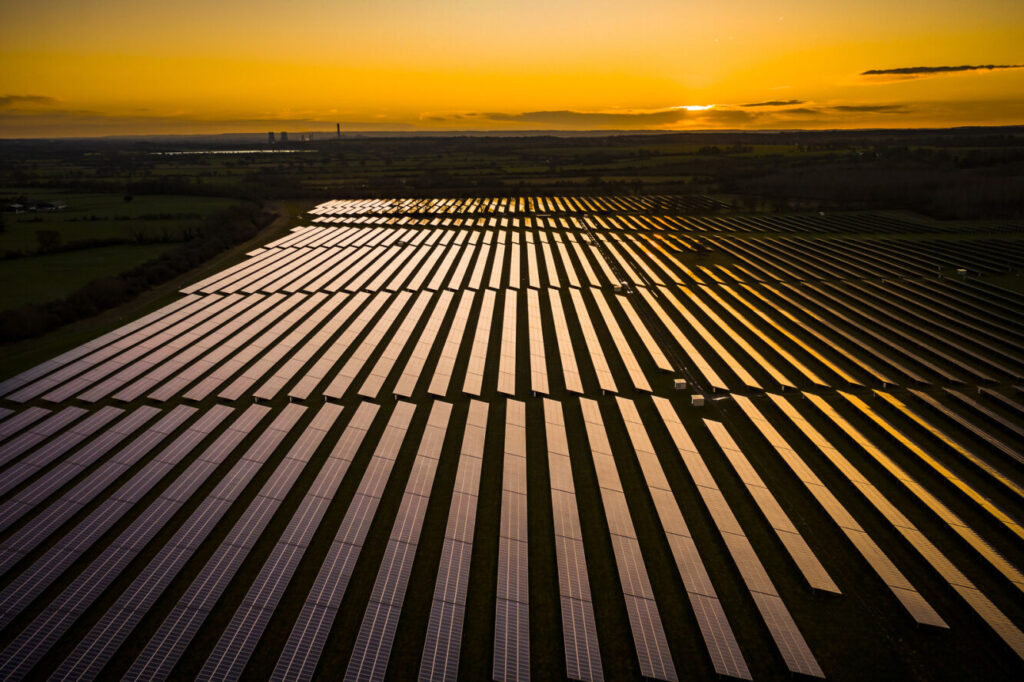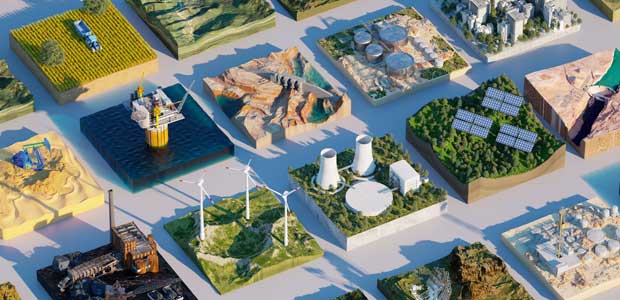Divergent cost expectations slow PPA market
Yawning bid/ask spreads on power purchase agreements (PPAs) have slowed activity to a crawl in recent months, as buyers and sellers struggle to price uncertainty in US renewables, investors told Infralogic.
The thick fog of economic and policy uncertainty that has engulfed the US renewables sector since the start of the year has left project sponsors at odds with power purchasers over how to price the myriad challenges besieging the sector, making it difficult to execute deals particularly on the lower end of the capacity spectrum, investors said.
“The bid/ask spreads are literally the widest that I have ever seen. Large distributed generation (DG) and small utility sized projects, in particular,” David Riester, managing partner for transition-focused investment firm Segue Sustainable Infrastructure, told Infralogic.
Riester, frustrated by the PPA market gridlock, recently turned to social media to seek buyers to contract electricity from three DG projects Segue is preparing to sell in Missouri.
With development complete on the 117 MW combined capacity portfolio, Segue is seeking to contract long-term revenue for the projects before selling them to an owner to shepherd them through construction. But discussions with a hyperscaler for a PPA for the five projects have sputtered, with the two sides around USD 5-USD 8 per MWh apart on a contract price, according to Riester.
Summer of uncertainty
The stark divide on pricing between buyers and sellers became apparent in late Spring, Riester told Infralogic. That is around the time the GOP released its first draft of the Trump administration’s first major budget and policy bill, which targeted Biden-era renewable energy subsidies to pay for an extension of tax cuts passed under the first Trump administration.
The aggressive GOP stance on renewables incentives, Riester said, combined with an ongoing series of threats and rollbacks on foreign tariffs by President Donald Trump, has made it very difficult to price risks to the renewables sector into project cost projections. And that is flowing through to offtake pricing.
Anne Marie Denman, co-founder at Excelsior Energy Capital, told Infralogic the broad range of uncertain outcomes – ranging from US tariff policy to the fate of clean electricity tax credits and changes to Treasury Department rules for safe harboring projects – have made it difficult for buyers and sellers to come to terms on price.
With so many question marks, developers were incentivized to seek pricing that would keep their projects viable, even in the worst-case scenario outcome for all the outstanding questions facing the sector, she said.
Buyers, meanwhile, were not anxious to lock in long-term contracts at inflated prices, if there was room for downward movement.
“Nobody wants to sign a 20-year PPA at the height of the market,” she said.
‘As good as it’s going to get’
Now that the GOP budget bill, dubbed the One Big Beautiful Bill Act (OBBBA) has been signed into law and Treasury guidance on safe harbor provisions is in, Denman says there is a bit more certainty, and the gulf between buyers and sellers is narrowing.
A recent State of the PPA Market report by LevelTen Energy suggests buyers and sellers have begun to come to terms on a new pricing environment. According to the report, PPA prices jumped 4% in the weeks after President Trump signed the OBBBA into law.
As the LevelTen report suggests, an end to renewable energy subsidies brought on by the law and projected demand growth are likely to push prices higher in the coming years.
“Buyers that move now can still access projects priced well below what’s expected in the quarters ahead. Even those not yet ready to transact should stay engaged,” the report says.
With demand signals remaining strong and wind and solar projects poised to become more expensive without tax credit support, Denman said, buyers are not going to want to sit on the sidelines forever.
“Over the next three years, this seems like it’s as good as it’s going to get. Buyers aren’t going to wait three years to buy power,” she said.
Riester similarly predicted that buyers frozen by sticker shock today will regret failing to lock in agreements later, as supply constraints tighten and prices push farther upwards.
“I believe there are going to be a lot of buy-side power procurement folks who look back at deals they could have taken in the summer of 2025 and wonder what they hell they were thinking in not asking where to sign,” he said.












